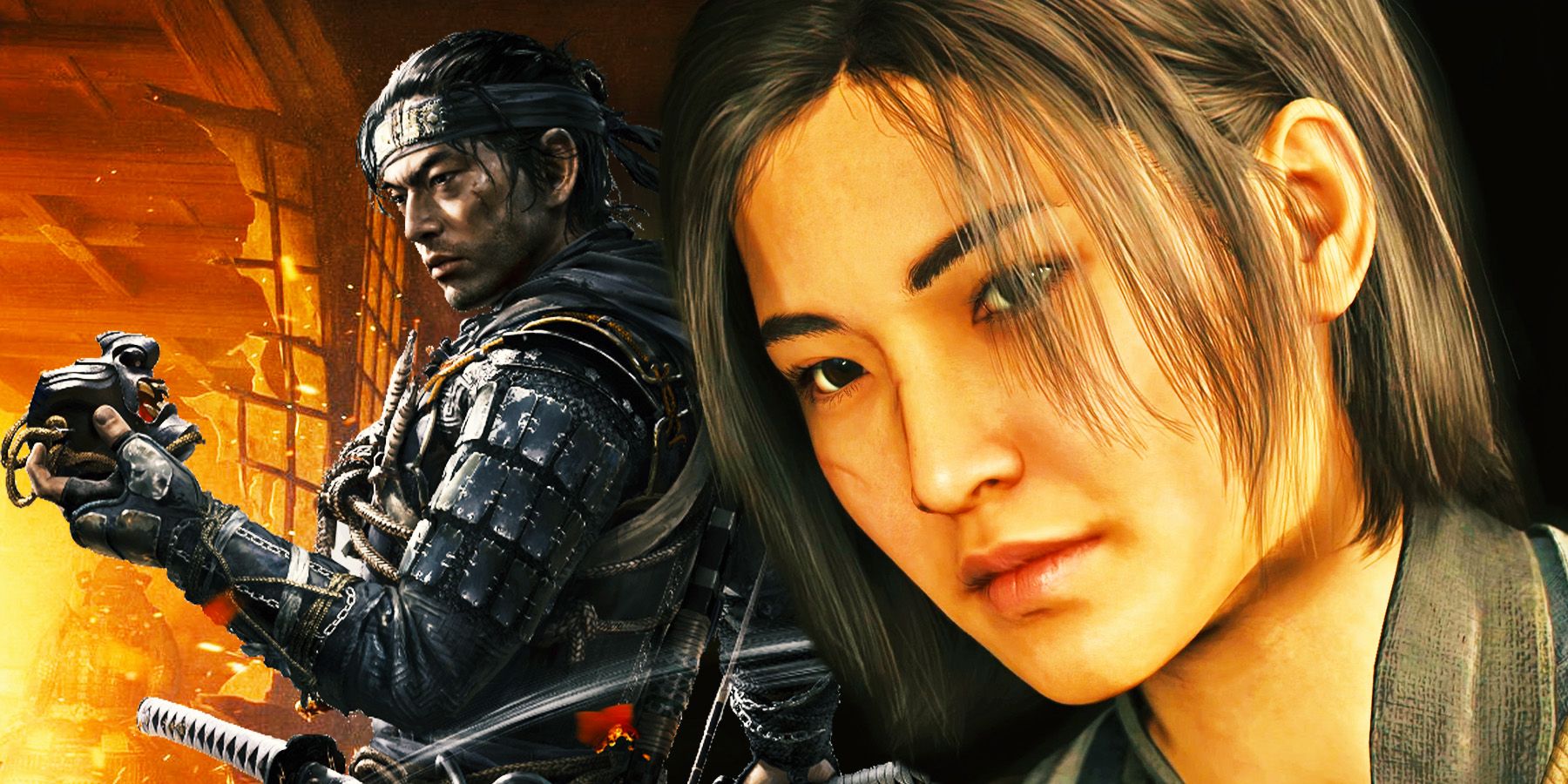
Ghost beat Assassin’s Creed to its own game in a lot of respects, managing to deliver a genuinely jaw-dropping adventure that sustained player interest across its roughly 25-hour story. However, now that Assassin’s Creed Shadows is on the scene, it is easy to see where Ghost of Tsushima failed, and where Ubisoft still reigns supreme within this particular open-world sandbox model. There is one specific feature that Shadows does far better than Ghost ever did, and it’s perhaps one that fans weren’t expecting considering the entire point of Ghost of Tsushima’s storyline.
How AC Shadows Does Stealth Better
It Is More Versatile
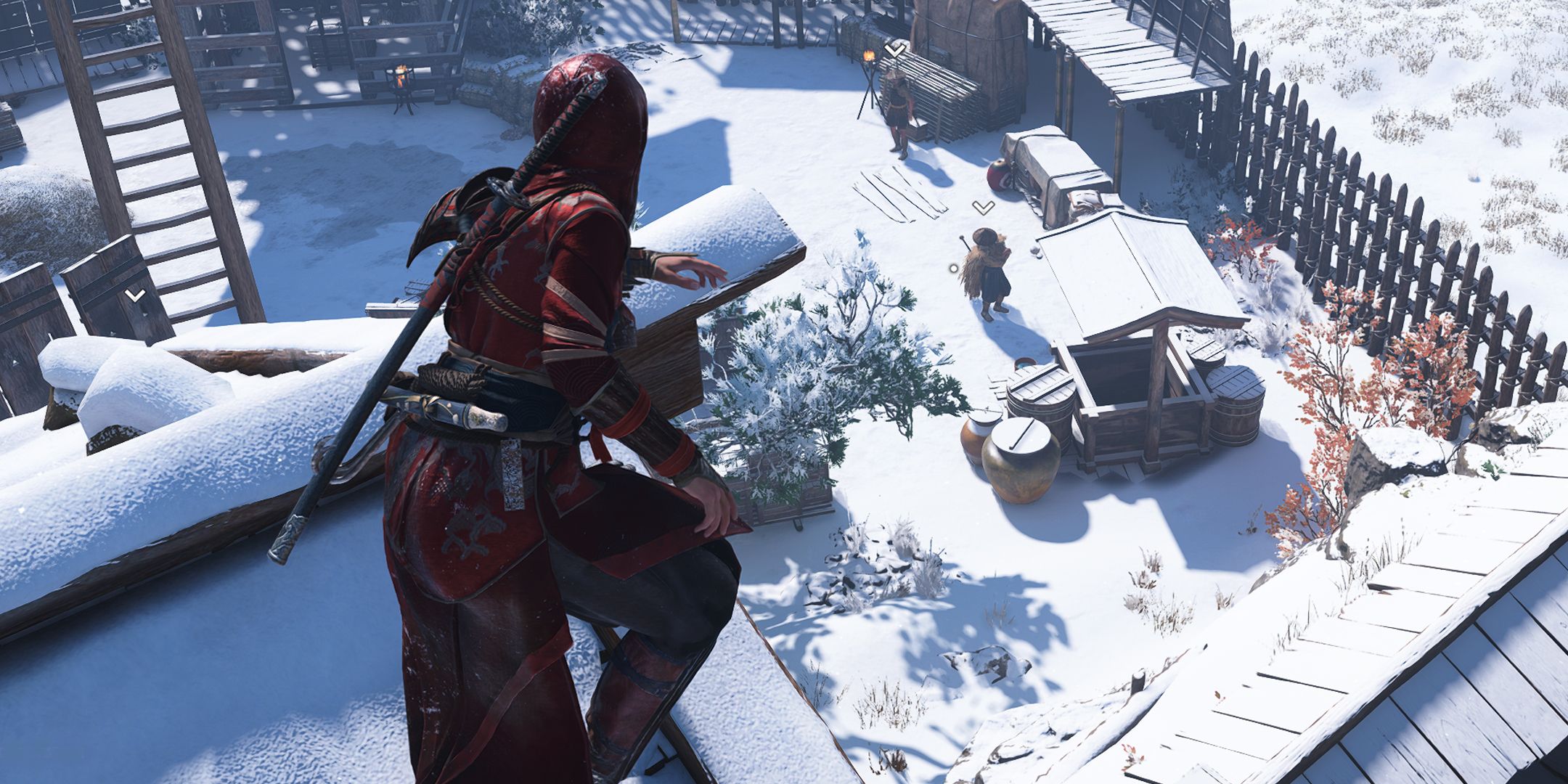
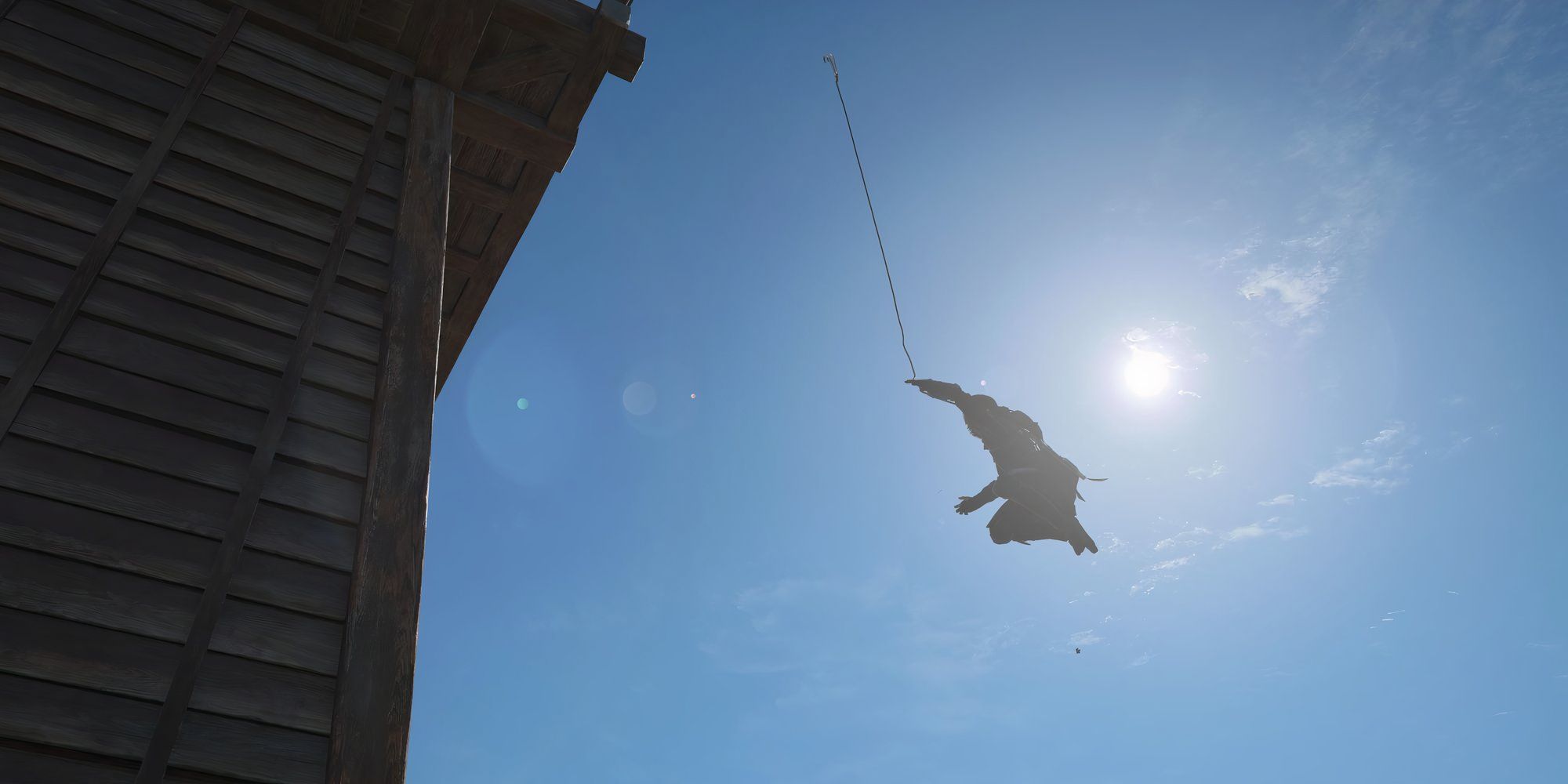
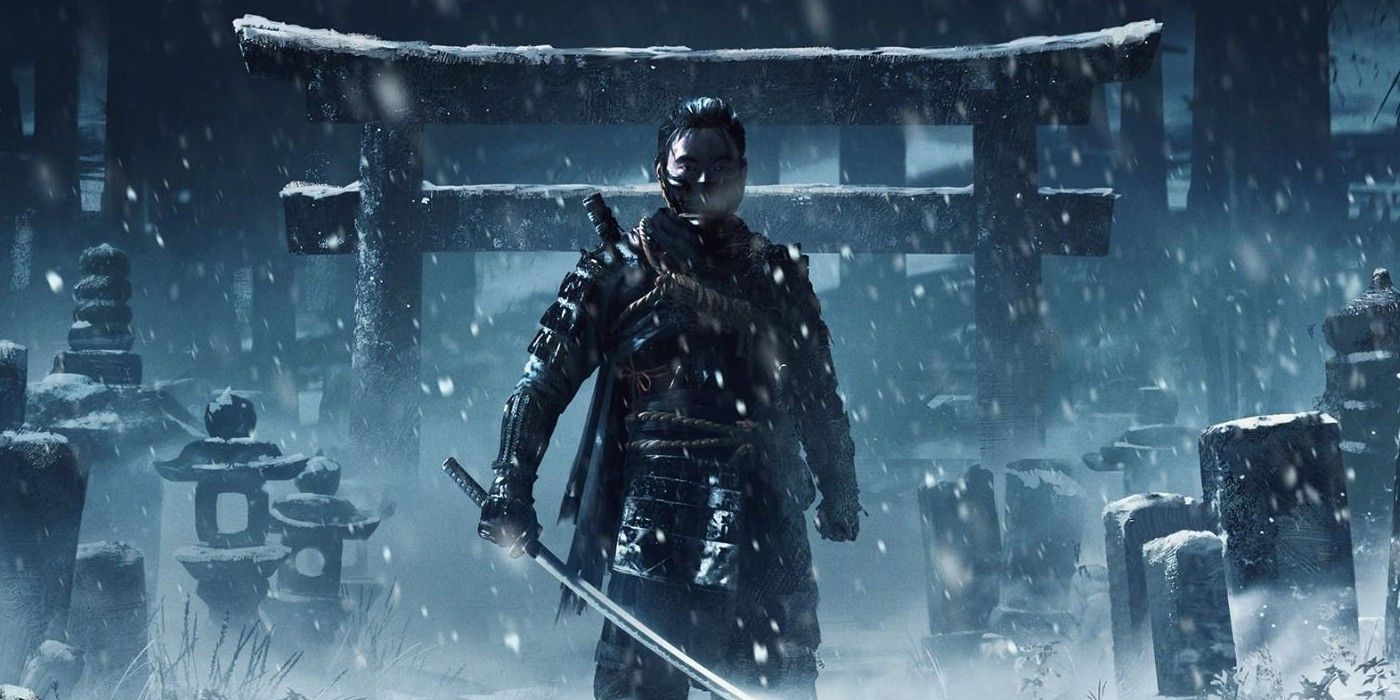



Assassin’s Creed Shadows’ stealth mechanics are far superior to Ghost of Tsushima’s by quite a large margin. That’s not to say that Ghost of Tsushima’s stealth was bad. In fact, Ghost’s stealth beat Valhalla’s in much the same way that Shadows’ now surpasses it. However, as compelling as Ghost’s stealth could be, Shadows has revealed its key weaknesses, crucially that, despite its narrative centering around Jin’s rejection of the samurai ways and embracing of shinobi tactics, it never put an important enough emphasis on stealth, at least in a meaningful way that elevated it beyond the standard fare.
The most obvious way in which Shadows’ stealth beats Ghost’s is in its phenomenal implementation of parkour, which sees Naoe vault across rooftops in search of targets.
The inverse is true of Assassin’s Creed Shadows, which has compelling yet passable combat but excellent stealth. The most obvious way in which Shadows’ stealth beats Ghost’s is in its phenomenal implementation of parkour, which sees Naoe vault across rooftops in search of targets. The fluid movement and added flair make trapesing around castles and bandit camps not just a genuine joy, but also a tool in and of itself. Naoe can utilize a greater amount of space than Jin ever could, which, in turn, gives the player more agency in how they wish to tackle a challenging stealth encounter.
Naoe Is A More Interesting Stealth Character Than Jin
She Has More Options
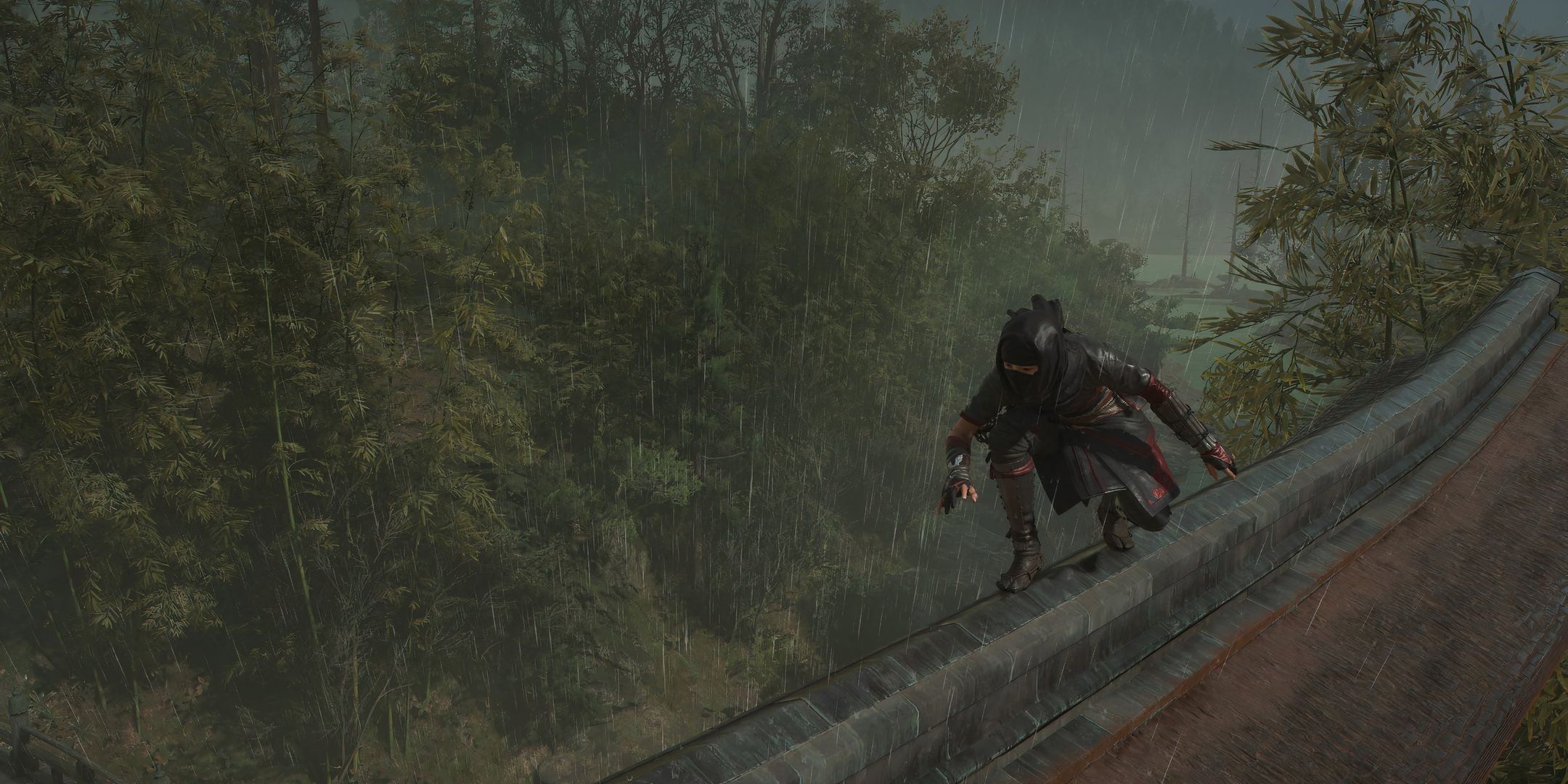
In many ways, Assassin’s Creed Shadows’ Naoe is a far more versatile stealth character than Jin. For example, both games feature a grappling hook, yet Naoe has more uses for it than Jin. Where Jin can use it to swing across gaps or get up to a zipline, Naoe can use it to climb up any wall without the need for designated grapple points. It’s a small addition, but one that completely changes how players approach exploration and creeping through each environment. This isn’t the only way she bests Jin as a stealth-focused character, as Naoe’s stealth build is multifaceted.
The main reason why Naoe is a much better stealth character than Jin is that Ubisoft has purposefully designed her to be entirely focused on stealth. In a fight, Naoe can just about hold her own on easier difficulties, but she’s more or less useless against armored enemies on any difficulty. She has been designed to be weak in a fight, so that players are forced to use her full stealth toolbox or rely on her melee-centric counterpart, Yasuke. Shadows’ dual protagonists’ differing playstyles enabled Ubisoft to create a more focused stealth sandbox. Sucker Punch Productions didn’t have that luxury.
Ghost Still Beats Assassin’s Creed Shadows At Combat
Jin Is The Ultimate Samurai

There is also an opportunity for the upcoming Ghost of Yotei to improve upon Tsushima’s weaknesses, namely its stealth. Sucker Punch Productions and game design in general have come a long way since it started developing Ghost of Tsushima in 2014. Players are putting far more importance on stealth and a variety of stealth-based mechanics in their third-person open-world adventure games. So, there’s a very good chance that Shadows could be outmatched by Yotei in just a few months.
However, Shadows’ stealth sandbox is genuinely phenomenal and richly varied, giving players plenty to play with without feeling overwhelmed. It will hopefully stand the test of time and influence future Assassin’s Creed games alongside Shadows’ slew of other improvements. While it is fun to compare Ghost of Tsushima with Assassin’s Creed Shadows, both are ultimately fundamentally different games striving for different outcomes and should be celebrated for their individual achievements.





